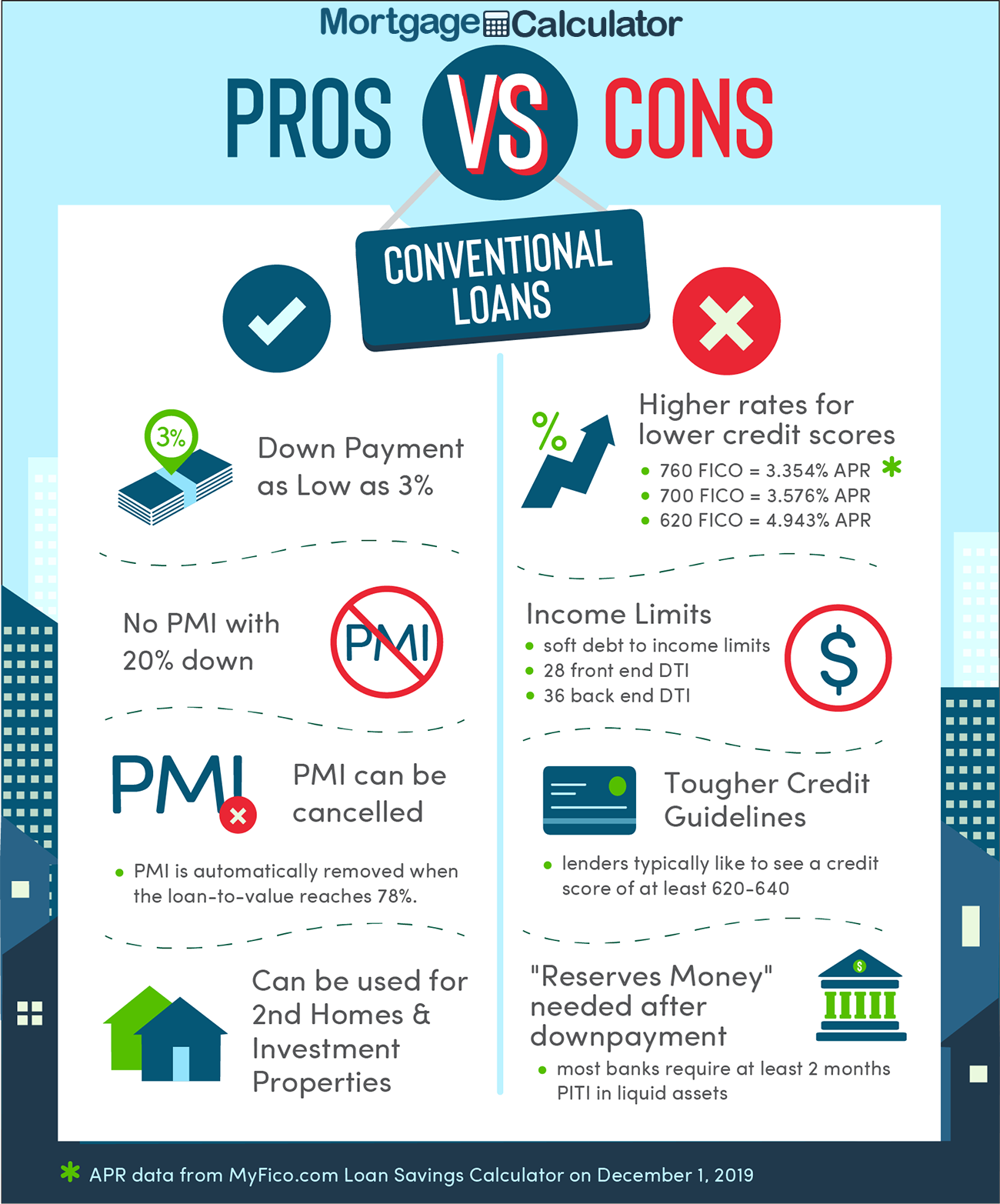A Complete Summary of Conventional Mortgage Loans for First-Time Buyers
A Complete Summary of Conventional Mortgage Loans for First-Time Buyers
Blog Article
The Necessary Elements to Take Into Consideration When Deciding On In Between Fixed-Rate and Adjustable-Rate Mortgage Loans
When examining home loan alternatives, borrowers encounter a critical choice in between fixed-rate and adjustable-rate fundings, each offering distinct benefits and prospective risks. Secret considerations such as interest price stability, predictability in monthly settlements, and the effects of prospective rate modifications can considerably affect lasting economic wellness.
Rate Of Interest Security
When selecting a home mortgage, recognizing rate of interest security is vital for informed decision-making. Passion prices can substantially impact the general price of a home loan, and identifying the nature of these prices is necessary for customers. Fixed-rate home loans supply the benefit of consistent monthly payments over the life of the loan, protecting consumers from market fluctuations. This security enables house owners to plan their financial resources with better certainty, as they will certainly not be affected by increasing passion rates.
On the other hand, variable-rate mortgages (ARMs) begin with reduced preliminary prices that may change periodically based on market conditions. While this can cause reduced repayments at first, it likewise introduces unpredictability, as consumers might encounter raised settlements if rates of interest rise. For those considering an ARM, it is important to assess the possibility of rate modifications, the capacity for payment increases, and the length of the initial fixed-rate duration.
Ultimately, the choice in between adjustable-rate and fixed-rate home mortgages depends upon private threat tolerance and financial conditions. Understanding rate of interest security assists customers make informed decisions that align with their long-term economic objectives.
Month-to-month Settlement Predictability
While debtors usually focus on rates of interest stability, the predictability of month-to-month settlements is similarly important in the home loan choice process (Conventional mortgage loans). Month-to-month repayment predictability plays a vital role in budgeting and monetary planning, as it straight impacts a property owner's cash circulation and general financial wellness
Fixed-rate home loans use a consistent month-to-month repayment throughout the life of the funding, permitting consumers to anticipate and intend their costs effectively. This security can be especially advantageous for newbie homebuyers or those on a set income, as it eliminates the uncertainty related to changing payments.
On the other hand, adjustable-rate home loans (ARMs) generally include lower preliminary repayments that can alter gradually, resulting in possible irregularity in month-to-month obligations. While initially appealing, this changability can make complex financial preparation, particularly if consumers do not represent future price modifications.
Prospective Price Modifications
In the world of adjustable-rate mortgages (ARMs), possible price changes stand for a substantial aspect that debtors have to meticulously take into consideration. Unlike fixed-rate mortgages, where the interest rate remains unmodified for the life of the car loan, ARMs are identified by rising and fall rate of interest that are linked to market indices. This irregularity can cause significant modifications in regular monthly payments, affecting the consumer's economic preparation and budgeting.
Normally, ARMs have an initial fixed-rate duration throughout which the rates of interest is stable. After this period, nevertheless, the rate adjusts at predetermined intervals-- typically yearly. Debtors must know the margin and index used to compute these modifications, as they straight affect future rates of interest. Furthermore, ARMs typically consist of caps that limit just how much the rates of interest can raise at each modification and over the life of the funding, which can give some degree of protection versus drastic price walkings.
Understanding these prospective adjustments is essential for debtors, as they straight influence lasting repayment obligations. Consequently, evaluating individual economic scenarios and take the chance of tolerance is necessary when choosing whether an ARM aligns with one's why not try this out economic goals.
Financing Term Factors To Consider
Car loan term considerations play a crucial function in the decision-making process for borrowers picking between fixed-rate and adjustable-rate home mortgages. The length of the funding term substantially impacts monthly payments, interest prices, and overall economic planning. Fixed-rate home loans commonly use regards to 15 to 30 years, providing stability in month-to-month payments and predictability in budgeting. This can be particularly appealing for debtors who intend to stay in the exact same home lasting and like the certainty of set settlements throughout the life of the financing.

Inevitably, consumers need to evaluate their personal circumstances, economic objectives, and market conditions when weighing the ramifications of finance term options within each mortgage kind.

General Cost of Loaning
The overall price of borrowing is an important factor that can dramatically influence a consumer's option between fixed-rate and adjustable-rate home loans. Fixed-rate mortgages supply predictable regular monthly settlements, as the rate of interest price stays consistent throughout the funding term. This predictability can cause reduced total costs, particularly in a steady or decreasing rate of interest environment. Debtors can budget successfully, knowing their repayments will certainly not rise and fall.
Alternatively, variable-rate mortgages (ARMs) normally start with lower initial rates, leading to minimized upfront expenses. Nevertheless, these prices can raise after a preliminary period, resulting in potentially higher long-lasting expenses. Customers have to take into consideration the regularity and level of price changes, in addition to the general financing period, to precisely examine the economic effects.
In addition, the general expense of borrowing encompasses not only rates of interest however likewise fees and other connected prices, such as closing prices and insurance policy (Conventional mortgage loans). As a result, when reviewing mortgage choices, debtors must perform a complete expense evaluation over the life of the loan. By doing so, they can make an educated decision that straightens with their economic goals and risk resistance
Conclusion
Interest rate security and month-to-month settlement useful source predictability are critical for efficient budgeting, while the possibility for price changes in ARMs introduces monetary unpredictability. Furthermore, the expected period of homeownership and the total price of borrowing, consisting of passion rates and associated fees, need to straighten with individual financial conditions and risk tolerance.
Secret factors to consider such as interest rate stability, predictability in regular monthly repayments, and the ramifications of possible rate changes can considerably impact long-term financial health and wellness. Interest prices can considerably affect the general expense of a home loan, and acknowledging the nature of these rates is necessary for consumers. Unlike fixed-rate home mortgages, where the passion price stays the same for the life of the loan, ARMs are defined by changing rate of interest rates that are tied to market indices. In addition, ARMs frequently include caps that restrict exactly how much the interest price can raise at each modification and over the life of the loan, which can supply some level of protection versus extreme rate walks.
Rate of interest rate security and month-to-month repayment predictability are paramount for reliable budgeting, while the possibility for price modifications in ARMs presents monetary uncertainty.
Report this page